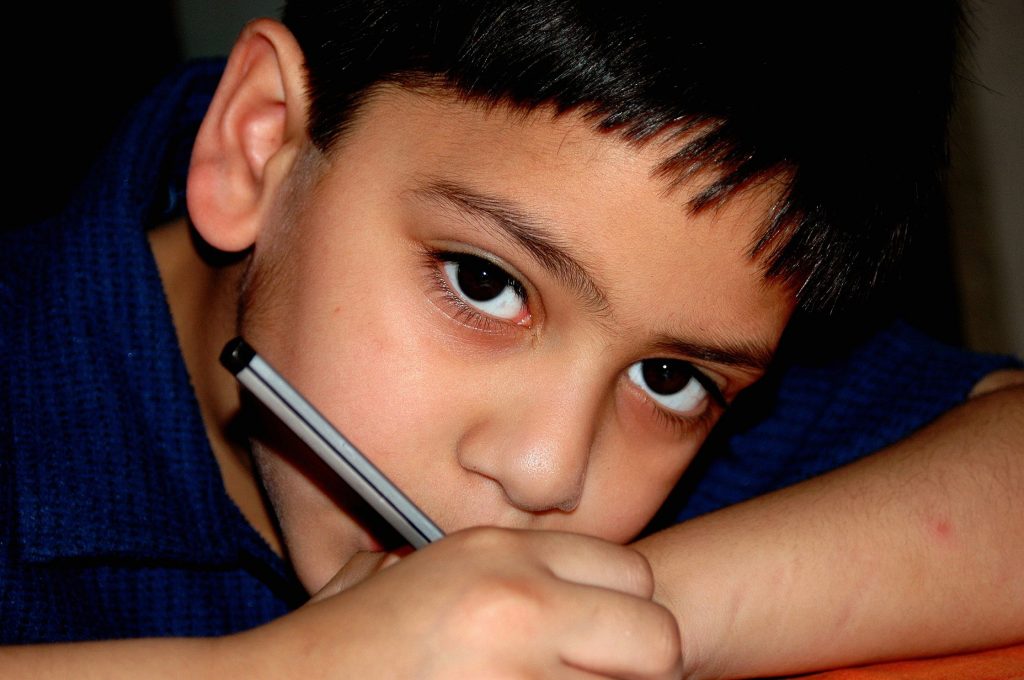There is so much more to your vision than being able to see small letters on a chart on the other side of the room. When we read, we are engaging a huge variety of visual and motor skills.
There are at least 19 different visual skills that all come together to allow us to read, learn and many other tasks such as playing sports or using a computer or device:
Some of these skills are as follows:
| 1 | Eye Movement Control | The ability to move both eyes together to point at an intended target or follow along a path, like a line of text |
| 2 | Simultaneous Focus at Far | Forming a clear image of something in the distance |
| 3 | Sustaining Focus at Far | Keeping a clear image of something in the distance |
| 4 | Simultaneous Focus at Near | Forming a clear image of something close to the eyes such as the words on the page |
| 5 | Sustaining Focus at Near | Keeping a clear image of something close to the eyes |
| 6 | Simultaneous Alignment at Far | Lining up both eyes at the same point the distance |
| 7 | Sustaining Alignment at Far | Holding both eyes lined up at the same point in the distance |
| 8 | Simultaneous Alignment at Near | Lining up both eyes at the same point up close |
| 9 | Sustaining Alignment at Near | Holding both eyes lined up at the same point up close |
| 10 | Central Vision (Visual Acuity) | This is where “20/20” vision comes in! |
| 11 | Peripheral Vision | Being able to see what’s on either side of you while your eyes are pointed forward |
| 12 | Depth Awareness | Being able to tell that things are further away or closer up than each other (also know as depth perception) |
| 13 | Color Perception | Being able to tell different colours apart (if you are not colour-blind) |
| 14 | Gross Visual-Motor | Moving yourself through space without bumping into things by using information from your vision |
| 15 | Fine Visual-Motor | Writing, sewing, texting, and doing other small and close-up activities with accuracy by using information from your vision |
| 16 | Visual Perception | Being aware of your environment and what is going on around you in your visual field (the area you can see) |
| 17 | Visual Integration | Bringing together your vision and your other senses to accomplish complex tasks, like reading while walking a balance beam |
| 18 | Visual Discrimination | Being able to identify small differences visual information, such as identifying letters or small words |
| 19 | Midline Crossing/Bilateral integration | The right side of the brain controls the left side of the body and vice-versa for the left of the brain. The brain needs to coordinate both sides of the brain to read from one side of the page to the other and to play sports |

